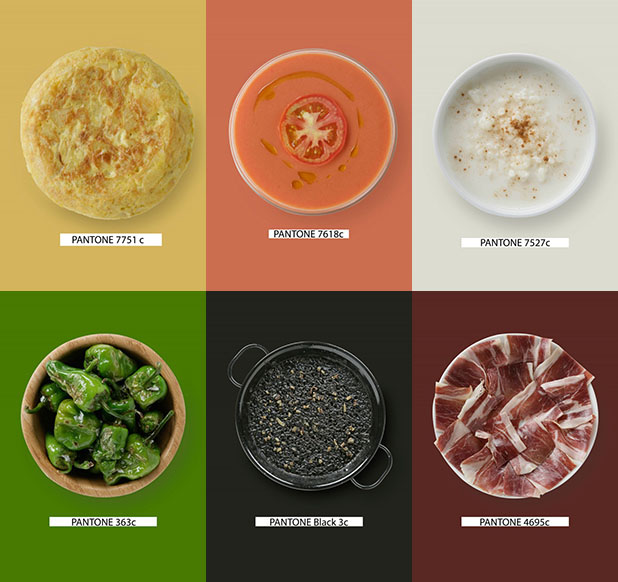One of the biggest issues that students have while studying in Spain is food. It is definitely one of the most important aspects of any culture, one of the reasons why students want to study abroad, and definitely all of them should have the opportunity to do so, but many of them don’t.
Leaving allergies and intolerances aside, students should try traditional Spanish food on a daily basis, and this is one of the reasons why staying with a host family is the preferred option, but as it happens with many other aspects of our culture, our gastronomy is not very well known.
A lot of people can identify some Spanish dishes: paella, gazpacho, sangria… Anything else? Do you know what papas arrugás, pisto, calçots, flamenquín, pulpo a feira, and a long etc are? Are we all aware of what the truth Mediterranean diet consist of? Probably not, and neither do college students on a Study Abroad program. Instead, upon arrival in Spain, they quickly find all Starbucks, McDonalds, KFC and other big chains of American food where they obviously feel more comfortable and know what to order. We can’t blame them. Even those of them who really try to get away from those chains and try local food, sometimes find themselves lost in the huge amount of bars & restaurants that our cities have. Local food chains also exist, and although their quality may not be too low, they only offer some products that tourists are going to identify as “typical Spanish” and be happy with.
It is our job to help students get to really know more about the History of gastronomy in Spain, try local receipts and learn about Spanish culture through one of the biggest pleasures in life: food. The picture above shows a fun and interesting project by Gastromedia[i] where they assign typical Spanish dishes a Pantone reference.

